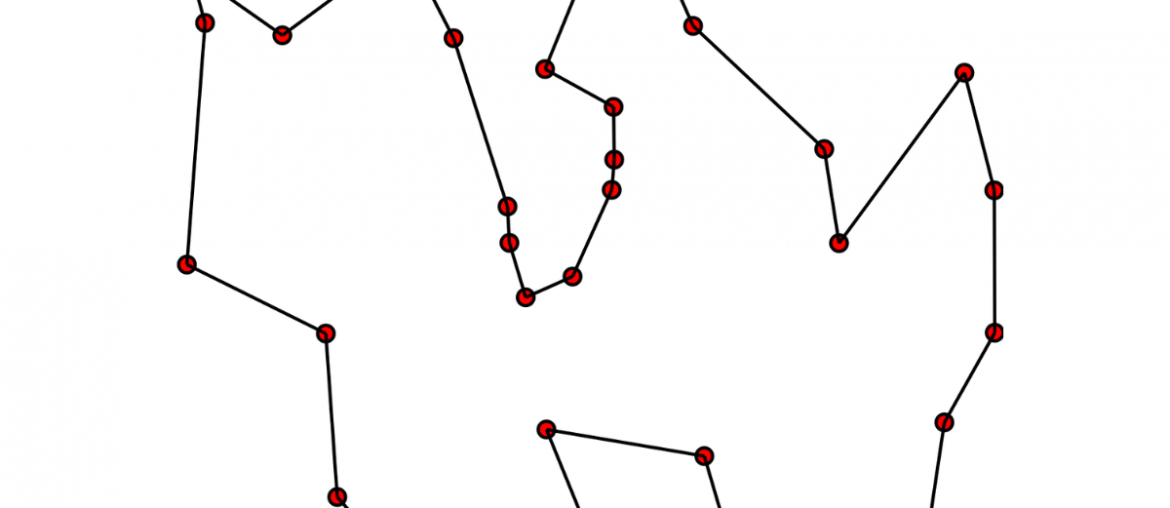The traveling salesman problem is a classic optimization problem that businesses still face today. The problem is simple: given a list of cities, find the shortest route that visits each city exactly once and then returns to the starting point. Despite its simplicity, the traveling salesman problem solution is hard to find.
Even with modern computing power, the best algorithms can only find approximate solutions for large instances of the problem. Nevertheless, the traveling salesman problem remains an essential tool for businesses because it can be used to model many real-world problems, such as vehicle routing and resource allocation.
Why Is the TSP Important for Businesses
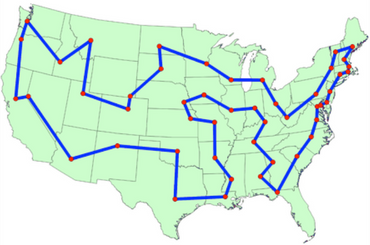
Businesses rely on efficient operations to be successful. They want to minimize costs while still being able to provide a good or service that meets the needs of their customers. The traveling salesman problem is a classic example of how businesses can optimize their operations.
This might not seem like a significant problem. Still, it turns out that finding the optimal solution to the traveling salesman problem can have a substantial impact on a business’s bottom line.
For example, consider a company that delivers packages to different locations. The faster they can make their deliveries, the more packages they can deliver overall, and the more money they will make. Using an algorithm to solve the traveling salesman problem, the company can find the shortest possible route between the different delivery locations and thus make their deliveries more efficient.
Another example is a company that provides transportation services, such as a taxi or Uber. If the company can find the shortest trip route between all pick-up and drop-off locations, they can save on fuel costs and reduce the amount of time their drivers are on the road. This can significantly decrease operating expenses, which can be passed on to the customer at lower prices.
The traveling salesman problem can also be applied to other types of businesses, such as manufacturing. For instance, if a company has a factory with multiple machines, they need to find the shortest path that goes through all of the machines to minimize the amount of time and energy required to produce their product.
What Businesses Use TSP
In recent years, businesses have begun to use the traveling salesman problem to optimize their operations.
UPS
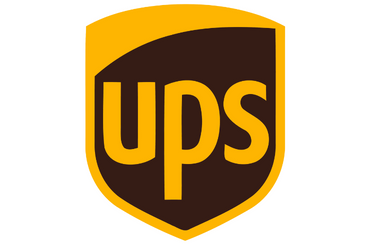
UPS, for example, uses the traveling salesman problem to plan its delivery routes. The company has a large fleet of vehicles and needs to find the most efficient way to deliver packages to its customers.
To do this, UPS created a particular piece of software called ORION (On-Road Integrated Optimization and Navigation). This software uses GPS sensors to find the optimal route for each delivery. In addition, the software considers things like traffic, weather, and construction to find the best possible route.
By using the traveling salesman problem, UPS has reduced the distance its drivers travel by millions of miles each year, which has saved the company millions of dollars in fuel costs.
Amazon

Amazon is a master of logistics, and a big part of that is due to their use of the traveling salesman problem. Amazon uses TSP to optimize its shipping routes, ensuring that each package travels the shortest distance possible while still hitting every Amazon warehouse.
This helps save time and money, and it means that your package will arrive as quickly as possible. Amazon has even filed a patent for an algorithm that explicitly addresses the traveling salesman problem, showing how important this issue is to their business.
DHL

Another major shipping company, DHL, also uses the traveling salesman problem to optimize its routes. DHL has a similar system to Amazon, using an algorithm to find the shortest distance between all of its warehouses. This helps DHL save time and money on each delivery, which can be passed on to the customer at lower prices.
How To Solve the Travelling Salesman Problem
There are various methods that businesses can use to solve the traveling salesman problem.
The Brute Force Method
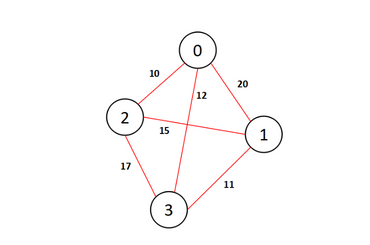
One of the simplest methods for solving the traveling salesman problem is the brute force method. This method involves trying every possible route and selecting the shortest one.
While this method is reasonably straightforward, it can be very time-consuming for businesses with many locations. In addition, the brute force method can become very complicated very quickly, making it difficult for companies to implement.
The Branch and Bound Method
Another popular method for solving the traveling salesman problem is the branch and bound method. This method involves breaking the problem down into smaller sub-problems, which can be solved more easily.
The branch and bound method is very effective for businesses with many locations, as it can help simplify the problem. In addition, the branch and bound method can be used to find approximate solutions, which can save businesses time and money. The disadvantage to this method is that it can be challenging to implement, requiring a lot of planning and coordination.
The Genetic Algorithm
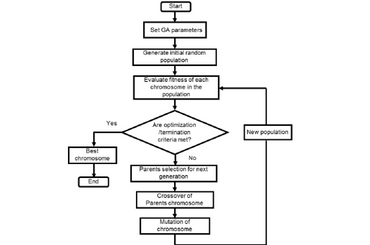
The genetic method involves using algorithms to simulate the process of natural selection. The genetic method can eventually converge on an optimized solution by starting with a large pool of potential solutions and then slowly eliminating the least fit ones.
There are several benefits to using this approach. First, it is very efficient, often finding much better solutions than those found by other methods. Second, it is highly parallelizable, meaning that it can take advantage of modern computer hardware to find solutions even faster.
However, there are some drawbacks to using the genetic method as well. First, it can be challenging to understand and implement. Second, it can be computationally expensive, meaning that businesses may need to invest in more powerful computer hardware to take advantage of this method.
The Linear Programming Method
One of the most popular methods for solving the traveling salesman problem is the linear programming method. This method involves solving linear equations to find the optimal solution.
There are both advantages and disadvantages to using linear programming to solve the traveling salesman problem. On the positive side, linear programming is relatively easy to implement and can often find reasonably good solutions in a reasonable amount of time.
On the negative side, linear programming can sometimes produce very poor results, especially if the data is not well-suited to this type of analysis. In addition, linear programming can be pretty slow for large problem sizes.
Start Using RouteManager!
How to Choose the Best Method for Your Business Needs
Finding the optimal solution to the TSP is tricky, and even small instances can take years to solve. As a result, many businesses rely on heuristic methods to find suitable solutions quickly. However, there are a few essential considerations when choosing a heuristic method for solving the TSP.
Size of the Problem
The first consideration is the size of the problem. For small instances, with a few dozen locations, any methods described above could potentially find a good solution. However, for large instances, with hundreds or even thousands of sites, it is crucial to choose a method that can scale well.
The genetic algorithm and the branch and bound method can scale well to large problem sizes. As a result, these methods are often the best choice for businesses with many locations.
Time Constraints
The second consideration is time constraints. For many businesses, it is crucial to find a solution quickly, even if the solution is not perfect. In these cases, heuristic methods are often the best choice.
The genetic algorithm and the linear programming method can find solutions quickly. As a result, these methods are often the best choice for businesses that need to find a solution in a short amount of time.
Computational Resources
The third consideration is computational resources. For many businesses, the cost of investing in more powerful computer hardware can be prohibitive. Therefore, it is vital to choose a method that requires less computational power in these cases.
The genetic algorithm and the linear programming method are both relatively computationally intensive. As a result, these methods may not be the best choice for businesses with limited computational resources.
Tips for Implementing a TSP Solution for Your Business
Once you have selected a method for solving the TSP, you can do a few things to improve the chances of finding a good solution.
Data
One of the most important things you can do is ensure that your data is accurate and up-to-date. This is especially important if you are using a heuristic method, as even minor errors in the data can lead to suboptimal solutions.
Parameters
Another essential thing to consider is the parameters of your chosen method. For example, the genetic algorithm uses several parameters that can be adjusted to impact the algorithm’s performance. It is essential to experiment with different parameter values to find the best combination for your data and your business needs.
Conclusion
Solving the Traveling Salesman Problem (TSP) is essential for businesses that need to optimize delivery routes. Several different methods can be used to solve the TSP, and the appropriate method will depend on the specific needs of your business.

